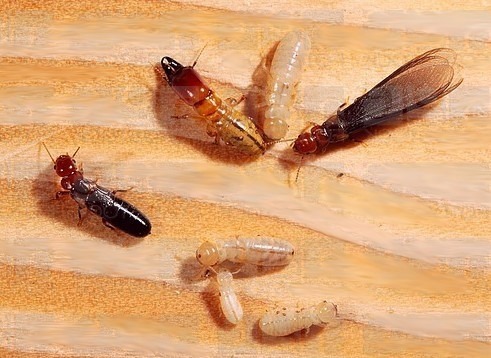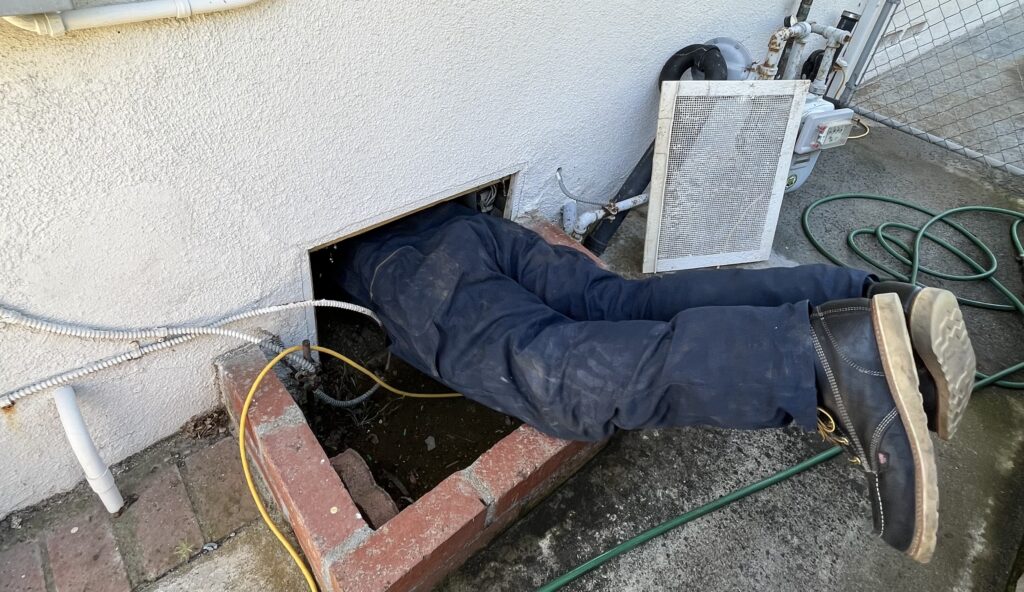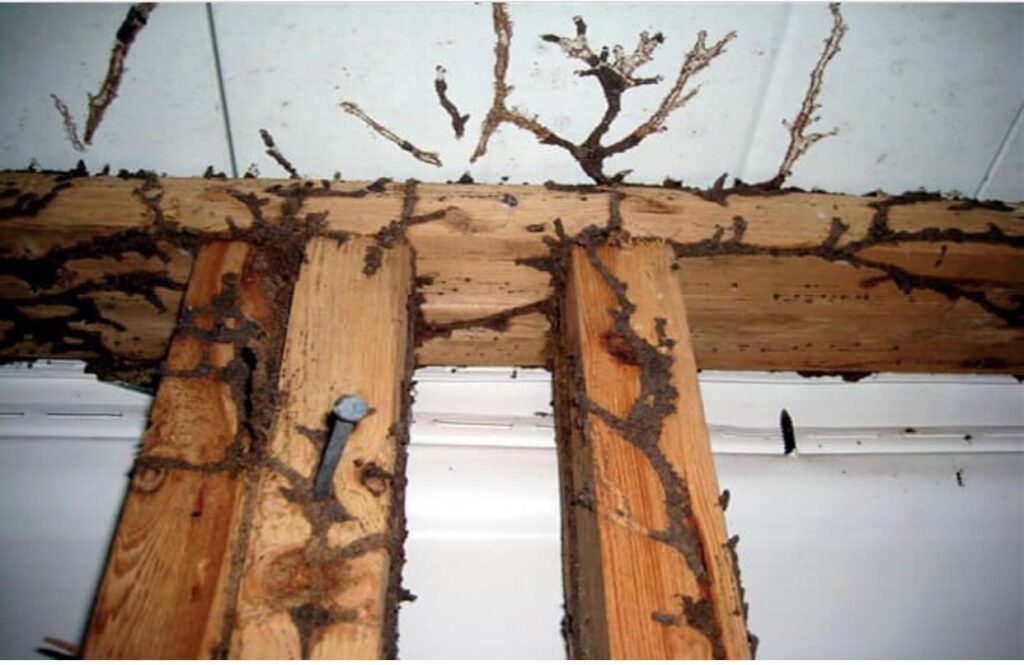Termite In Window Sill : A Comprehensive Guide to Detection and Eradication

Have you seen a termite in window sill ? Do you think you have a termite infestation ?
Termites, often hidden but highly destructive pests, pose a significant threat to homeowners everywhere.
Recognizing the signs of a termite infestation and understanding their behavior are critical first steps in managing this pervasive issue.
This article delves into various aspects of termite activity, highlighting detection methods and effective treatment strategies to safeguard your property.
Termite Biology and Behavior
Understanding Termite Colonies
A termite colony is an intricate system where different roles are played by swarmers, worker termites, and the queen.
Each colony begins with termite swarmers, which termite swarmers emerge from their nest to fly, mate, and establish new colonies.
These swarms are often seen near windows or walls of a house, indicating the potential for an active termite infestation.
Worker termites are the primary cause of wood damage in a home. They continually forage and feed on wooden structures, undermining the structural integrity of the house.
Their presence inside wooden furniture or along the damp areas of wooden structures is a sure sign of an active infestation.
A termite swarm can be found near windows, and you may see just their wings, the insect wings are from swarmers looking for new wood to set up a new colony.

Life Cycle of Termites
The life cycle of termites involves several stages—egg, nymph, and adult, with the termite swarmers being the reproductive stage that perpetuates the termite colonies.
The swarming process is a natural part of the termite life cycle, often occurring in warm weather when termite swarmers leave their nest to find new colony sites.
Signs of Termite Activity
Indicators of an Infestation of termite in window sill.
Early detection of a termite infestation can prevent severe termite damage. Common signs of termites include:
Mud Tubes: Subterranean termites create mud tubes on walls to protect themselves from the environment and maintain moisture while they travel between their colony in the soil and food sources above ground.
Termite Wings: Discarded wings near window sills or entry points are tell-tale signs of termite swarmers having entered your home.
Damaged Wood: Wood damage often has a hollow sound when tapped, indicating termite activity within.
Additionally, termite droppings or frass, which look like small wood-colored pellets, might be visible near infested areas.
These signs, especially when noticed around window sills or tree stumps, necessitate a thorough inspection by a professional exterminator.
Termite Inspection and Treatment

Conducting a Thorough Inspection
A termite inspection by a pest control company is crucial for assessing the extent of a termite problem and determining the necessary termite treatment.
Pest control professionals will look for mud tubes, termite wings, and signs of swarming near potential entry points and in damp areas. T
he goal is to identify both the type of termite—subterranean termites, drywood termites, or Formosan termites—and the scope of the infestation.
Effective Termite Treatment Options
Once an active termite infestation is confirmed, various termite treatment options are available:
Chemical Treatments: Involves applying termiticide to soil, wooden structures, or along the foundation.
Baiting Systems: Bait stations are placed around the house to eliminate the termite colony gradually.
Physical Barriers: Installation of termite shields to prevent termites from accessing the wooden parts of the house.
Ongoing monitoring and maintenance by a pest control company are recommended to ensure that new colonies do not establish themselves and that previous termite treatments remain effective.

Formosan termites.
A particularly aggressive species of termite, are notorious for the extensive damage they can cause to structures in a relatively short amount of time.
This is mainly due to the sheer size and voracity of a Formosan termite colony.
Often, homeowners first become aware of a Formosan termite problem when they encounter dead termites or discarded termite wings around their property.
These dead termites, often found near window sills or door frames, are typically winged termites that have completed their nuptial flight and died shortly after mating.
The discovery of termites’ wings can be particularly alarming, signaling that a swarm has occurred and that a new Formosan termite colony may be establishing itself nearby.
Winged termites, which are the reproductive members of the termite colony, are responsible for spreading and creating new colonies, further exacerbating the termite infestation problem.
If multiple sightings of dead termites and winged termites are confirmed, it’s crucial to act quickly to assess and address the extent of the infestation.
Formosan termites are difficult to control once they establish a colony, making early detection and intervention essential.
The presence of dead termites and termite wings should prompt homeowners to seek a professional inspection.
Specialists can determine the presence of a Formosan termite colony and suggest appropriate measures to mitigate damage and eradicate the termites.
Repeated findings of dead termites and visible winged termites are strong indicators of an active, and potentially severe, Formosan termite infestation.
Given their aggressive nature, a Formosan termite colony can cause significant structural damage if not managed promptly and effectively.

Preventive Measures and Recommendations
Homeowners are advised to act quickly to implement preventive measures against termites.
Maintaining the house by repairing leaky faucets, ensuring proper drainage, and keeping wood away from soil contact can significantly reduce the risk of termite infestations.
Regular inspections, especially in warm weather when termite swarms are more likely, can catch new infestations early.
Conclusion
Understanding the complex life cycle and behaviors of termites, including the signs of their presence, is essential for protecting your home from these destructive insects.
By recognizing termite swarms, mud tubes, and the damage they cause, and acting swiftly to contact a pest control company, homeowners can effectively manage termite problems and maintain the structural integrity of their properties.
Remember, the key to effective termite management is vigilance and proactive action. Read more in our Blog
Proudly powered by Berryryan


